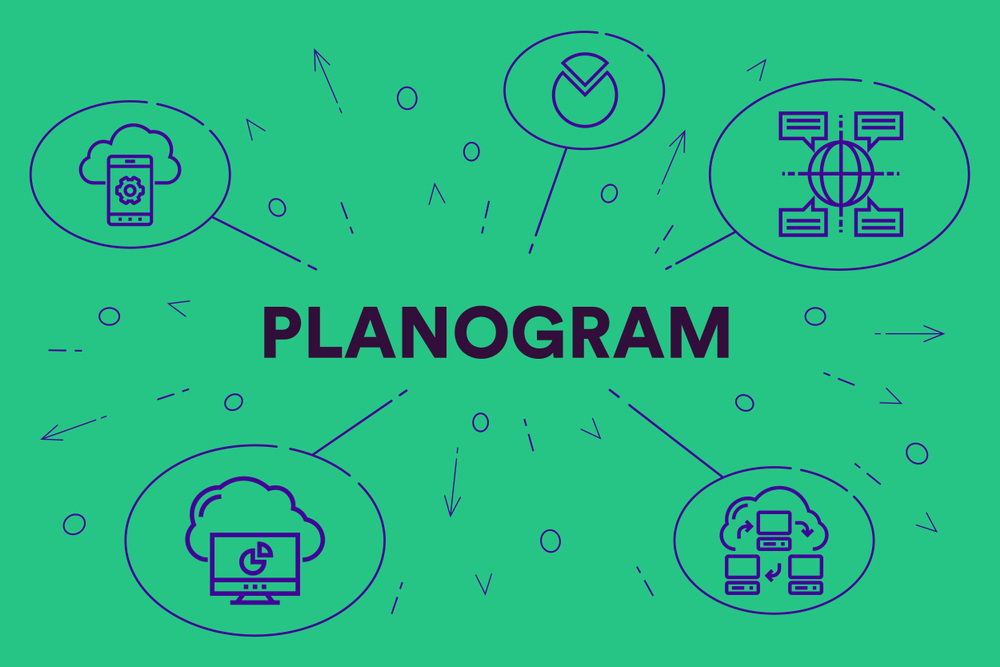With hotel pantries increasing in popularity (and for good reason), it’s fallen on the shoulders of hotel managers to become merchandising experts in order to get the most out of the pantry. The right tools and knowledge can help make managing the pantry easier. One such tool is a planogram. This visual diagram helps you understand where to place certain items on the shelves to maximize revenue and make it easier for guests to find the product they’re looking for. But how do you create a one? Perhaps more importantly, what exactly is a planogram?
What is a planogram?
A planogram is a diagram of how items should be displayed on a shelf in a retail store. The purpose is for management to plan correctly, not just throw things up on the shelves. It might appear to you that retailers just stack the shelves without thinking, but it’s quite the opposite: products are very strategically shelved. The purpose is to help maximize purchases such as impulse buys. Other purposes include:
- inventory control
- related product positioning
- visual appeal
In other words, there’s a lot of planning that goes into placing items on shelves.
While you’re not a retail professional, understanding and planning in this way can help you manage your hotel pantry better.
5 Tips to Help You Create a Planogram for Your Hotel Pantry
1. Use the correct product assortment.
If you’re just beginning with a hotel pantry, you might not have any history of what type of products guests like. A good place to start would be the vending machines if your property had them before. Try thinking back to what items sold the most? If you can’t recall or didn’t have vending at your hotel, start with these categories:
- Beverages–sodas, juices, energy drinks, and water will suffice.
- Snacks–chips, candy, granola bars, fruit cups
- Sundries–pain relievers, bandaids, shaving items, toothbrushes, phone chargers
- Frozen–pizzas, ice creams, tv dinners
Stick with the more popular flavors and brands to begin with. If you eventually get many requests for different or specific items, make a change. Also be sure to group items that are alike when creating your planogram. For example, keep sweets grouped together and salty items separate. You want to make it easy for guests to find what they’re in the mood for, not searching all around which can make them leave without purchasing anything.
2. Conduct research to gain more insight.
Once your pantry is established, conduct your own research to see what sort of items guests want or expect. One way you can do this is through a survey. If your hotel management software already has the capability to create a survey for guests, add a section for them to review the pantry. This way you can target guests’ desires better, increasing chances of them purchasing an item and therefore increasing revenue.
3. Create reports.
Creating a planogram isn’t just about creating a pretty picture of your pantry. It’s to help you get the most out of it. To do that, you’ll want to compare the way your current setup is to the changes you plan to make. Once changes have been made, take note of how guests use the store. Is it any different than before? How so? Are there adjustments to make to the planogram? These analytics give you the insight into how to manage your pantry better.
4. Make sure staff is in the loop.
It’s important to be consistent. If you’re not always going to be the person stocking the shelves, make sure employees who help with the pantry understand the planogram and overall strategy. A lack of consistency can result in missed opportunities and reflect negatively on the pantry.
5. Start simple.
There’s no need to make it overly complicated at first. Doing so can lead to issues down the road and cause you to burn out over it, which will result in a poorly managed pantry. As you learn more about managing your new hotel pantry, you’ll gain the confidence and knowledge to make bigger decisions that you previously thought were above your expertise.
